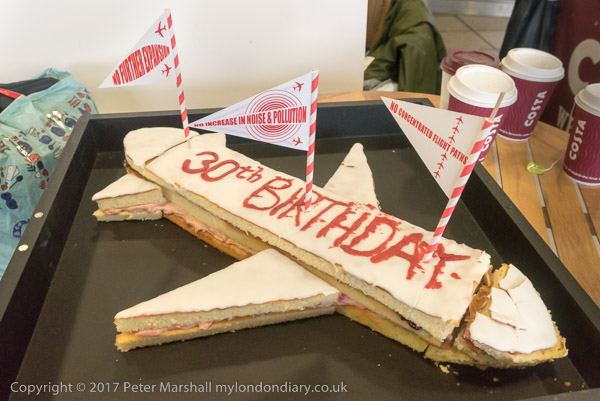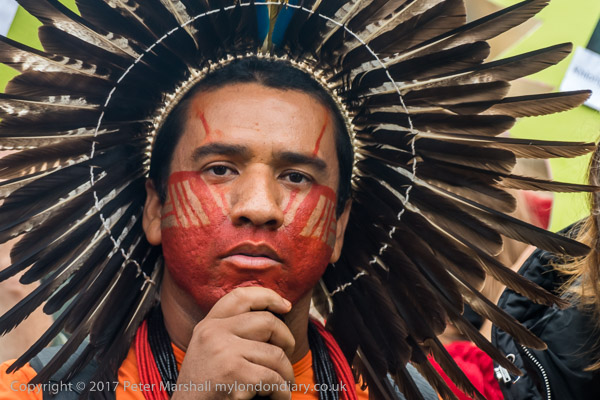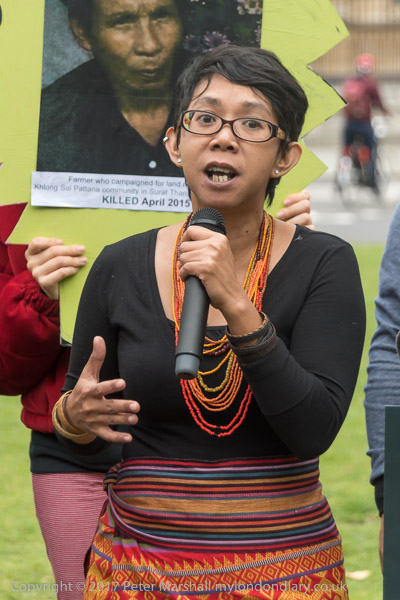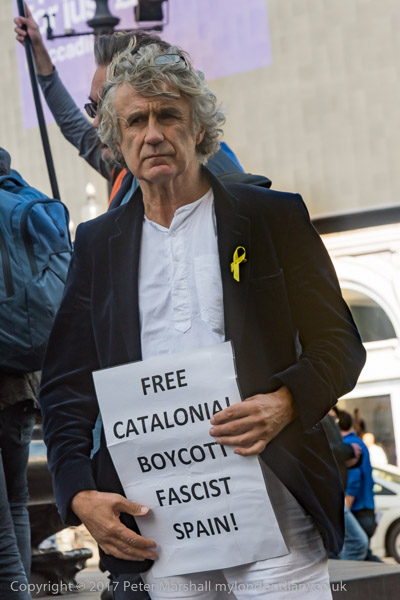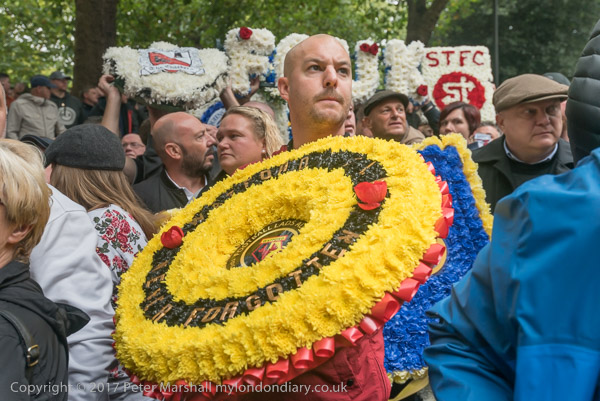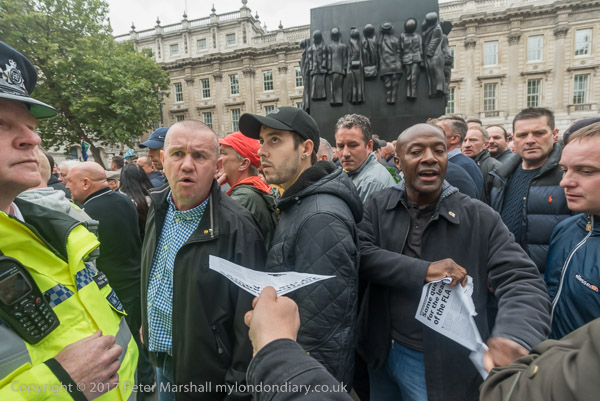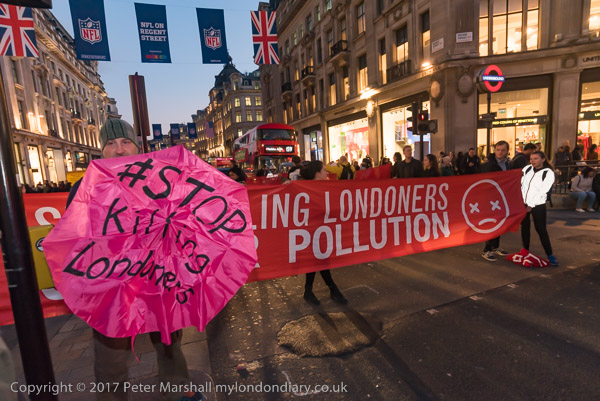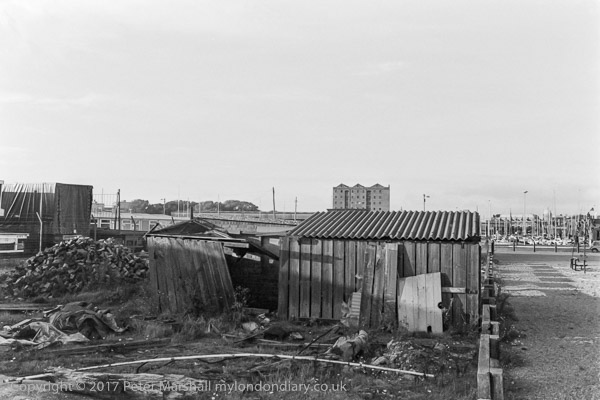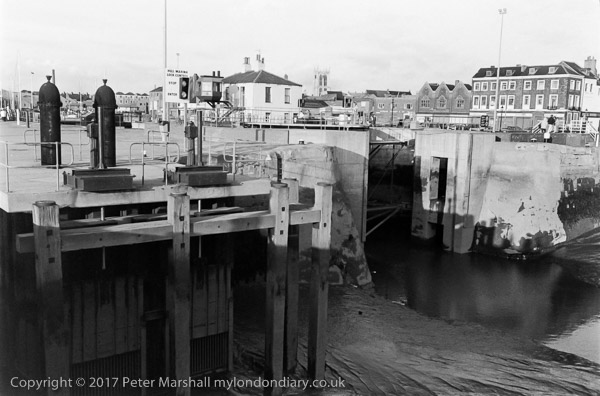
On the 21st October 1967, 50 years ago at the height of the anti-Vietnam War protests in the USA, Jerry Rubin and Abbie Hoffman, together with Allen Ginsberg, the Fugs and others marched to stand around the Pentagon and chant ancient Aramaic exorcism rites in an ‘exorgasm’ which was intended to get it to “rise into the air, turn orange and vibrate until all evil emissions had fled.”
Ed Sanders of the Fugs had researched the event, drawn out a flier for those taking part explaining the “magic rite to exorcise the Spirits of murder, violence and creephood from the Pentagon“.
The 10 stages of the rite included the exorcism text:
In the name of the amulets of touching, seeing, groping, hearing and loving, we call upon the powers of the cosmos to protect our ceremonies in the name of Zeus, in the name of Anubis, god of the dead, in the name of all those killed because they do not comprehend, in the name of the lives of the soldiers in Vietnam who were killed because of a bad karma, in the name of sea-born Aphrodite, in the name of Magna Mater, in the name of Dionysus, Zagreus, Jesus, Yahweh, the unnamable, the quintessent finality of the Zoroastrian fire, in the name of Hermes, in the name of the Beak of Sok, in the name of scarab, in the name, in the name, in the name of the Tyrone Power Pound Cake Society in the Sky, in the name of Rah, Osiris, Horus, Nepta, Isis, in the name of the flowing living universe, in the name of the mouth of the river, we call upon the spirit to raise the Pentagon from its destiny and preserve it,
the placing of love-articles and clothing – “beads, feathers, rock & roll records,books and the sacred Grope Relic” onto the Pentagon and ended with the chanting by all present of the peace mantra:
a-ri-ia-ad-da-li-is Dim-an-za sar-ri ka-si-i hu-u-e-hu-u-i-ia tap-pa-as-sa-it sar-ri ti-ia-mu hu-i-hu-i-ia”
The Yippies had actually applied for and were granted official permission to levitate the Pentagon, though some hard bargaining by the authorites led to a cutting of the permitted height rise from the original 300 ft down to a mere 3 ft. Accounts by eye-witnesses of what actually happened differ, perhaps largely depending on what people had been smoking.

Class War‘s Ian Bone and shaman Jimmy Kunt (aka Adam Clifford) along with a few co-exorcists went to celebrate the anniversary by attempting similar feats of levitation at Kensington Town Hall and later outside the Daily Mail.
Adam called out the demons of councillors responsible for the disastrous fire at Grenfell Tower, including Nicholas Paget-Brown, Rock Feilding-Mellen & Elizabeth Campbell on the steps of the Royal Borough of Kensington and Chelsea town hall and attempted to raise it to over 70 metres into the air, shouting . “Out, demons, out! Out, demons, out!” and ignoring the pleas of the security officer on duty.
Unfortunately I failed to capture the decisive moment of the building in mid-air; afterwards Ian Bone repeated a well-known quote from 1967 “You mean you didn’t see it, man?”

The team went on to repeat the performance outside Northcliffe House, the home of the Daily Mail, where they were met with greater belligerence from a small group of security staff, apparently terrified of the effect removing demons might have on editor Paul Dacre, or perhaps that it might scratch the Rolls-Royce outside, before leaving to refresh themselves after the spiritual ordeal in the nearby Prince of Wales.

It seemed a strange choice of pub, though perhaps Charles has done more to discredit the monarch than most.

Class War levitate the Daily Mail
Class War levitate Kensington Town Hall
______________________________________________________
There are no adverts on this site and it receives no sponsorship, and I like to keep it that way. But it does take a considerable amount of my time and thought, and if you enjoy reading it, a small donation – perhaps the cost of a beer – would be appreciated.
My London Diary : London Photos : Hull : River Lea/Lee Valley : London’s Industrial Heritage
All photographs on this and my other sites, unless otherwise stated, are taken by and copyright of Peter Marshall, and are available for reproduction or can be bought as prints.
To order prints or reproduce images
________________________________________________________

